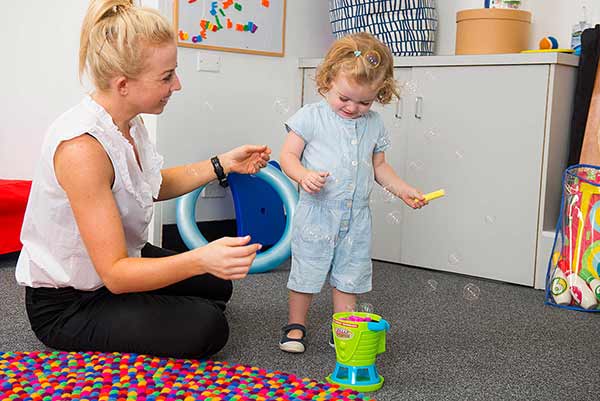A sensory gym is a specialized environment designed to support children with sensory processing challenges, developmental delays, or special needs. These gyms are filled with various equipment and activities to help children develop their sensory, motor, and social skills in a fun and safe setting. This article explores the many benefits of a sensory gym, how it works, and why it is an excellent resource for parents and caregivers.
What is a Sensory Gym?
A sensory gym is a therapeutic space equipped with tools and activities to stimulate and regulate the sensory systems of children. These gyms are designed by occupational therapists who understand the unique needs of children with sensory processing disorders, autism, ADHD, and other developmental challenges. The equipment in a sensory gym often includes swings, balance beams, trampolines, climbing walls, and more, which help children engage their senses in multiple ways.
Benefits of a Sensory Gym
- Enhances Sensory Processing Skills: Children with sensory processing challenges often struggle to process information received from their senses, such as touch, sound, sight, and movement. A sensory gym provides a controlled environment where children can safely explore and engage their senses. Activities like swinging or bouncing help them learn to interpret and respond to different sensory inputs, which is crucial for everyday functioning.
- Improves Motor Skills: Sensory gyms are equipped with activities that promote both fine and gross motor skills. Climbing ladders or walking on balance beams improves coordination, strength, and balance. Manipulating small objects or playing with tactile toys can enhance fine motor skills, like hand-eye coordination and dexterity. As children practice these activities, they develop better motor control and confidence in their physical abilities.
- Supports Emotional Regulation: Sensory play has a calming effect on many children. Activities such as deep-pressure stimulation, swinging, or weighted blankets can help children feel more grounded and less anxious. By regulating their sensory experiences, children learn to manage their emotions better, which can lead to improved behavior and social interactions.
- Encourages Social Skills: Many activities in a sensory gym require cooperation, communication, and turn-taking, which are essential for developing social skills. Group activities, such as obstacle courses or team games, encourage children to work together, follow instructions, and interact positively with their peers. These experiences help children build self-confidence and foster friendships.
- Promotes Cognitive Development: Sensory play enhances brain function by encouraging problem-solving, creativity, and decision-making skills. Activities in a sensory gym stimulate the brain’s ability to process and integrate sensory information, which is crucial for learning and memory. Children engaged in sensory play are often better able to focus and concentrate on tasks, both in and out of the gym.
How Does a Sensory Gym Work?
A sensory gym is carefully designed to meet the unique needs of each child. Occupational therapists assess a child’s strengths, challenges, and sensory preferences to create a tailored program. The gym provides a safe and supportive environment where children can explore and challenge themselves at their own pace. Each session is filled with activities that target specific sensory and motor skills, ensuring that children make consistent progress while having fun.
Who Can Benefit from a Sensory Gym?
Sensory gyms are ideal for children with various developmental challenges, including:
- Autism Spectrum Disorder (ASD): Children with autism often have sensory sensitivities that make everyday activities challenging. A sensory gym helps them learn to manage these sensitivities and develop important social and communication skills.
- Sensory Processing Disorder (SPD): For children who find certain sensory inputs overwhelming or seek out specific sensory experiences, a sensory gym can provide the right balance of stimuli to help them regulate their responses.
- Attention Deficit Hyperactivity Disorder (ADHD): Activities in a sensory gym can help children with ADHD improve their focus, impulse control, and self-regulation.
Conclusion
Theralympic’s sensory gym is a valuable resource for children with developmental challenges, offering a fun, safe, and therapeutic environment to enhance sensory processing, motor skills, emotional regulation, social skills, and cognitive development. For parents and caregivers seeking a comprehensive approach to support their child’s growth, a sensory gym can provide the tools and opportunities needed for meaningful progress. By integrating sensory play into a child’s routine, families can help them thrive in a world that may often feel overwhelming.




